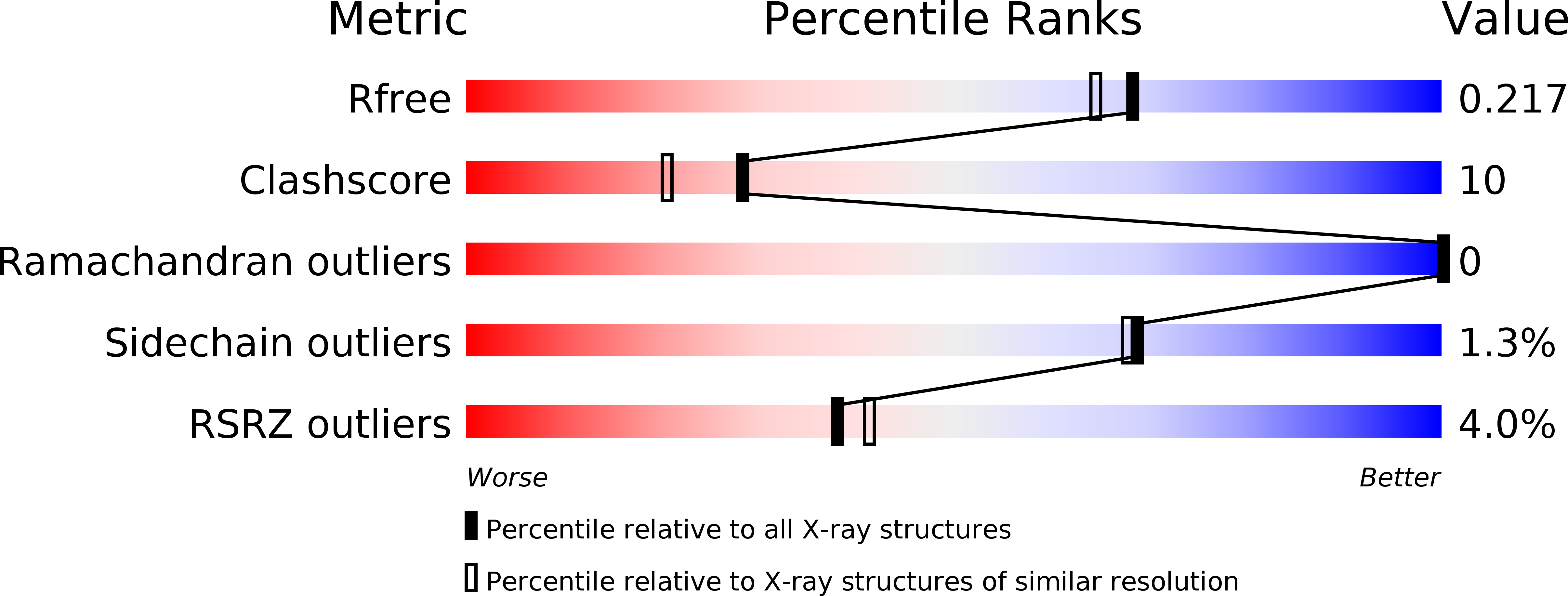
Deposition Date
2009-07-05
Release Date
2009-10-13
Last Version Date
2024-02-21
Entry Detail
PDB ID:
3I5J
Keywords:
Title:
Diferric Resting State Toluene 4-Monooxygenase HD complex
Biological Source:
Source Organism:
Pseudomonas mendocina (Taxon ID: 300)
Host Organism:
Method Details:
Experimental Method:
Resolution:
1.90 Å
R-Value Free:
0.20
R-Value Work:
0.15
R-Value Observed:
0.16
Space Group:
C 2 2 21


